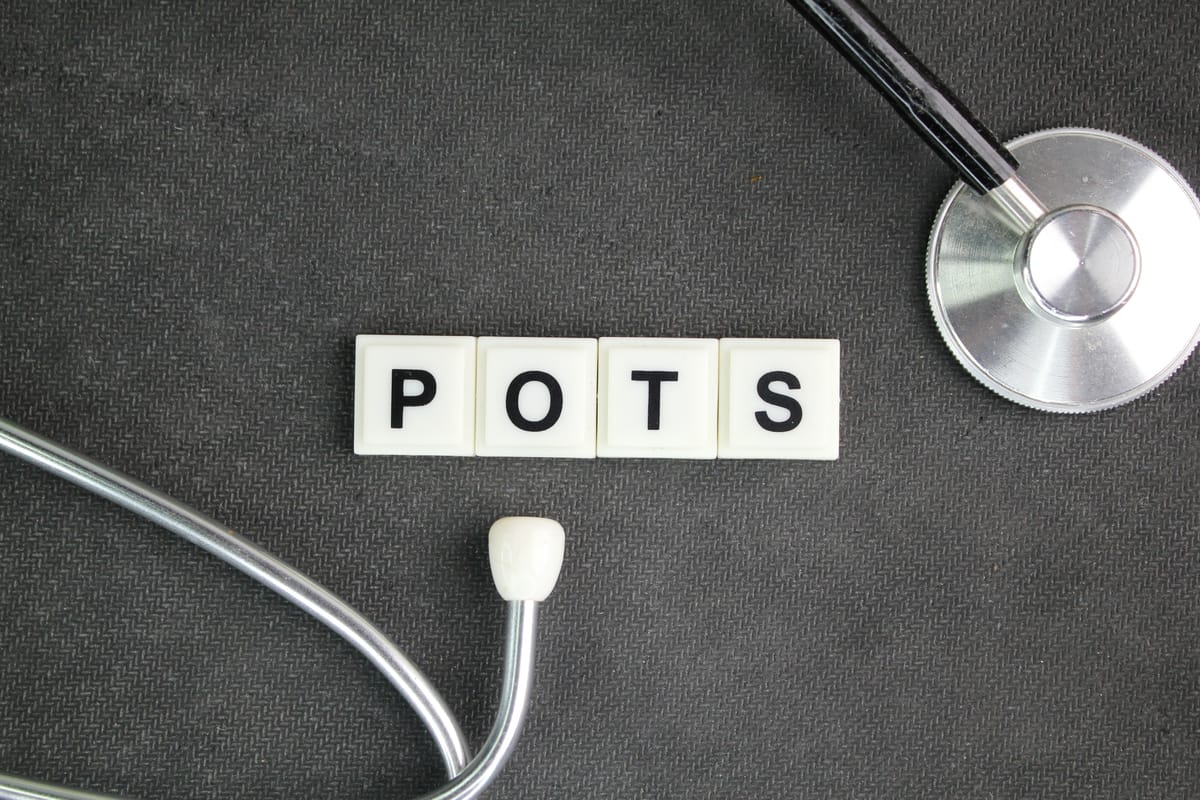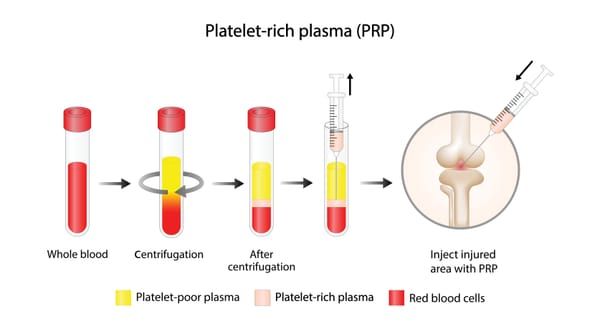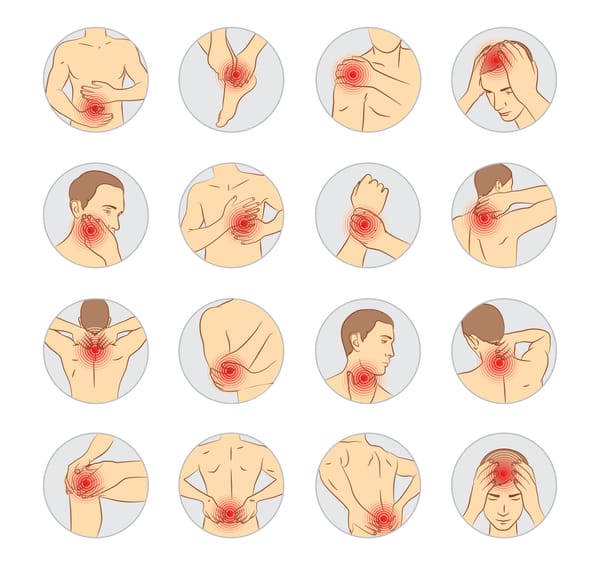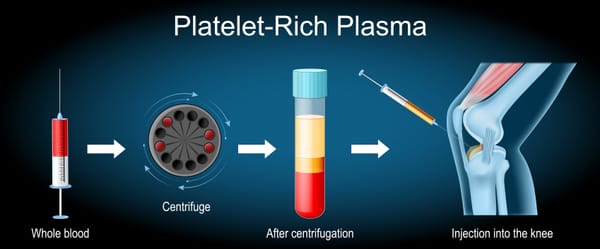Understanding POTS Syndrome

Understanding POTS Syndrome: What You Need to Know
If you’ve ever felt your heart race, your head spin, or an overwhelming sense of fatigue after standing up, you might have brushed it off as a fleeting moment. But for some people, these symptoms are a daily reality due to a condition called Postural Orthostatic Tachycardia Syndrome, or POTS. While it may sound complex, POTS is more common than you might think, and understanding it can make a big difference for those affected. Let’s break it down in a way that’s easy to grasp.
What is POTS Syndrome?
POTS is a disorder that affects the autonomic nervous system—the part of your body that controls automatic functions like heart rate, blood pressure, and digestion. Specifically, POTS causes your heart rate to spike dramatically (usually by 30-40 beats per minute or more) when you move from lying down to standing up. This happens because the body struggles to circulate blood properly in response to gravity, leading to a range of uncomfortable symptoms. While POTS itself isn’t life-threatening, it can significantly impact quality of life. It’s estimated to affect 1-3 million people in the United States alone, with women—particularly those aged 15-50—being more likely to develop it. However, anyone can be affected, and the condition often goes undiagnosed for years.
What Are the Symptoms?
POTS symptoms can vary from person to person, but the most common ones include:
- Dizziness or lightheadedness when standing
- Heart palpitations or a racing heartbeat
- Fatigue that feels disproportionate to activity
- Brain fog or trouble concentrating
- Tremors or shakiness
- Nausea or digestive issues
- Fainting or near-fainting episodes
These symptoms often worsen after standing for long periods, during hot weather, or after eating a large meal. For some, even simple tasks like showering or walking to the mailbox can feel like running a marathon.
What Causes POTS?
The exact cause of POTS isn’t always clear, and it can develop for a variety of reasons. Some common triggers include:
- Viral infections: Many people report POTS symptoms starting after a viral illness, like mononucleosis or COVID-19.
- Hormonal changes: Puberty, pregnancy, or menopause can sometimes trigger or worsen POTS.
- Chronic conditions: POTS is often seen alongside conditions like Ehlers-Danlos syndrome, autoimmune disorders, or chronic fatigue syndrome.
- Deconditioning: Prolonged bed rest, such as after surgery or illness, can contribute to POTS symptoms.
In some cases, there’s no obvious trigger, which can make diagnosis even trickier.
How is POTS Diagnosed?
Diagnosing POTS can be a journey because its symptoms overlap with many other conditions, like anxiety or dehydration. Doctors typically use a tilt table test to confirm the diagnosis. During this test, you’re strapped to a table that tilts from lying flat to nearly upright while your heart rate and blood pressure are monitored. If your heart rate jumps significantly without a major drop in blood pressure, POTS might be the culprit. Other tests, like blood work or heart monitoring, may be done to rule out other conditions.
If you or your physician suspect POTS, our specialists are in a good position to help confirm the diagnosis and provide treatment options.
Managing POTS:
What Helps?
Many people find relief through a combination of lifestyle changes and medications. Here are some strategies that can make a difference:
- Increase fluid and salt intake: Drinking plenty of water (2-3 liters daily) and adding more salt to your diet (under medical guidance) can help maintain blood volume and reduce symptoms.
- Compression garments: Wearing compression socks or abdominal binders can prevent blood from pooling in your legs when you stand.
- Exercise cautiously: Gentle, recumbent exercises like swimming, rowing, or using a stationary bike can improve circulation and stamina over time. Starting slow is crucial to avoid symptom flares.
- Medications: Some people benefit from medications like beta-blockers, midodrine, or fludrocortisone to stabilize heart rate or blood pressure.
- Pacing yourself: Learning to balance activity and rest can help manage energy levels and prevent crashes.
- Consider Stellate Ganglia Block (SGB) if your symptoms are debilitating.
Living with POTS: A Personal Perspective
Living with POTS can feel like navigating an invisible illness. To outsiders, you might look perfectly healthy, but internally, your body is working overtime. This can lead to frustration or misunderstanding from friends, family, or even healthcare providers.
Building a support network—whether through loved ones or online communities—can be a lifeline.It’s also important to advocate for yourself. Keep a symptom journal, ask questions, and don’t be afraid to seek a second opinion if you feel dismissed. Small victories, like finding a treatment that helps or mastering a new coping strategy, can add up to big improvements.
Why Awareness Matters
POTS is often misunderstood, even within the medical community. Raising awareness can lead to faster diagnoses, better treatments, and more empathy for those living with the condition. If you or someone you know experiences persistent dizziness, fatigue, or heart palpitations, don’t ignore it—talk to a doctor and ask about POTS.
By sharing knowledge about POTS, we can help create a world where those affected feel seen, heard, and supported. If you’d like to learn more, organizations like Dysautonomia International (dysautonomiainternational.org) offer fantastic resources for patients, families, and advocates.
Let’s keep the conversation going—because no one should face POTS alone.
Disclaimer: This blog post is for informational purposes only and not a substitute for professional medical advice. Always consult a healthcare provider for diagnosis and treatment.
Please call our office number if you would like to schedule an appointment to discuss your symptoms.



